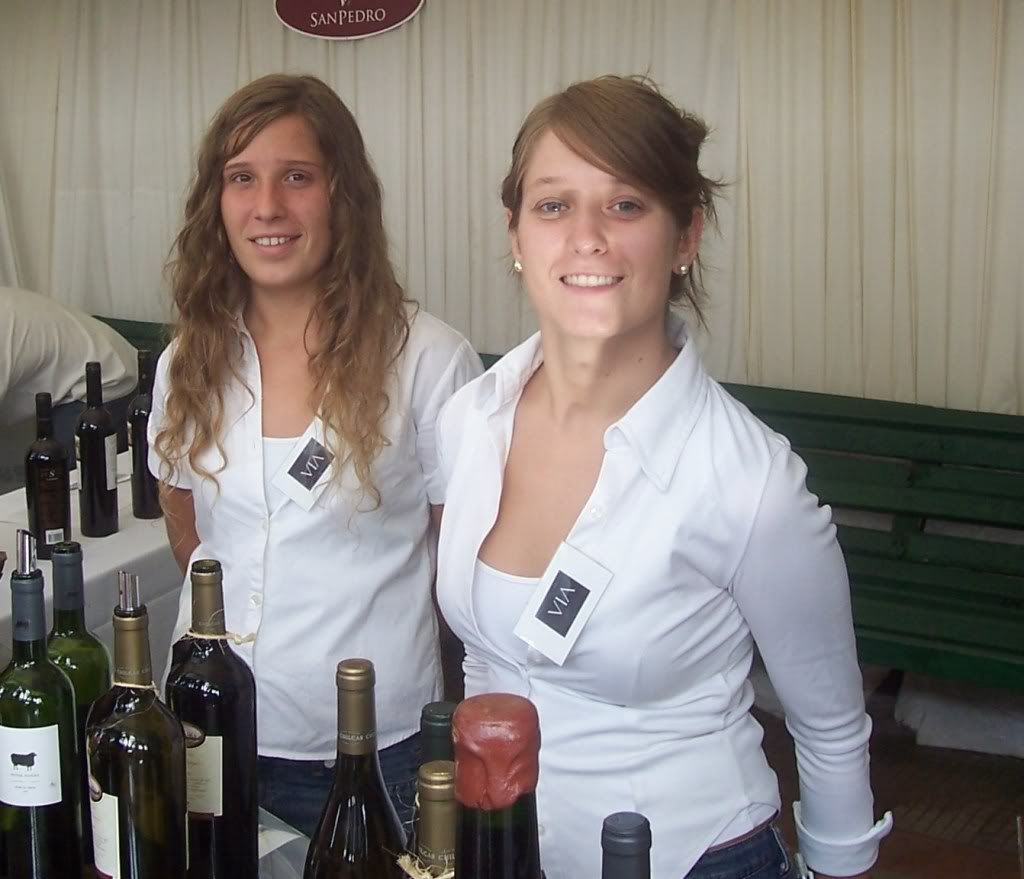A mathematician, religious zealot, and an eccentric, Blaise Pascal made contributions to mathematics at an early age when most boys' minds wander aimlessly. His laborious efforts were well appreciated by mathematicians who followed him. His theories formed the basis for modern probability and contributed significantly to the field of geometry.
Pascal was born in France in 1623. Throughout his life he was plagued by ill health and died at the early age of thirty-nine. Pascal suffered not only physically, he also tormented himself emotionally by leading a life of sexual repression and religious morbidity. In a series of letters, "Pensees", Pascal admitted his lusts for women. His off sexual behavior is well-documented.
Pascal studied incessantly. At the time he was sixteen, he proved one of the most beautiful theorems of geometry the result of which became known as the "mystic hexagram". He also invented a machine for calculating operations on numbers, the first of its kind.
The idea of a calculator came to Pascal and a means of helping his father perform tedious tax accounting. Pascal's father was the tax collector for the township of Rouen.
In 1642, news of Pascal's attempts spread through Rouen. A watchmaker had the insight to build a machine of his own. Blaise was infuriated and called the machine a fraud. His distressed father appealed to his friend and supervisor, Chancellor Seiguier. The Chancellor inspected Pascal's machine and responded with an exclusive privilege to Pascal to manufacture adding machines.
Blaise's calculated was a polished brass box, about fourteen by five by three inches. It was compact enough to carry. On the top was a row of eight movable dials. The right-hand dial represented deniers, the next dial represented sous, and the remainder were for livres, of modern francs. The machines could be used equally well for pence, shilling, and pounds.
The machine could add, subtract, multiply, and divide. Multiplication and division were somewhat difficult. These two operations were made possible if one considered multiplication as a form of addition and division a form of subtraction. For example, to multiply 1234 by 567 one would register 1234 seven times beginning with the dial on the right. The next dial would be used to register 1234 six times. Finally, the next dial would register 1234 five times. Pull the handle and the sum would appear. Division would be done is exactly the reverse order.
Blaise Pascal used the works of his predecessors, suggestions from peers, and correspondence with Rene Descartes and Pierre de Fermat to formulate theories about triangles, conic sections, cycloids, and other devices. With Fermat, Pascal founded the mathematical theory of probability. Chevalier De Mere, a professional gambler, initially presented the problem to Pascal. Mere was seeking an edge in betting on the outcome of dice and cards. The result was combinatorial analysis, numerous probability corollaries, and the Pascal triangle--all of which represent an ordered procedure for assigning numerical values to chance.
In 1654, Pascal sought out a friend of his father, Pierre de Fermat. He presented Fermat with the problem that Chevalier de Mere has posed to him. The problem appears in a book, The Mathematical Career of Pierre de Fermat, by Michael Sean Mahoney. Mahoney writes;
Suppose a player has wagered to cast a given number, say six, with a single die in eight throws, and supposed that after three unsuccessful throws, the game is interrupted. How are the stakes to be divided.
Fermat deduced that the probability of any success would remain constant for each of the eight throws. He further decided that the outcome of each throw is in no way dependant on the previous throws. These two assumptions were suggested to Pascal by Jacques Bernoulli, of the famed Bernoulli family. Bernoulli worked on Pascal's suggestions and derived the famous theory that all events will tend to occur with a relative frequency proportional to their objective possibilities, given the above assumptions. Bernoulli's theorem is known to modern mathematicians as Bernoulli trials. The central result for Bernoulli trials is given by Goodman and Rati in Finite Mathematics:
A sequence of Bernoulli trials is a sequence of independent repeated trials under identical conditions in which on each trial there are only two possible outcomes: S (success) and F (failure.) The probability of exactly k successes in a sequence of n Bernoulli trials with P(S)=p is denoted by b(k,n,p) and is given by: b(k,n,p)=C(n,k)pkqn-k (with p-probability of success and q-probability of failure.).
One of Pascal's most famous and useful works was the "Treatise of the Arithmetic Triangle". The triangle has the following appearance:
1
1 1
1 2 1
1 3 3 1
1 4 6 4 1
1 5 10 10 5 1
1 6 15 20 15 6 1
The border of the triangle is formed with 1's. Each number inside the triangle is the sum of the two numbers which appear in the live above to the right and to the left of the number. The triangle represents the expansion of (x + y)n. For example, the bottom line of the triangle is the coefficients of (x + y)6 = x6 + 6x5y + 15x4y2 + 20x3y3 + 15x2y4 + 6xy5 + y6. Pascal and Fermat decided they could predict the expansion of a binomial. The coefficient of any xy term was found to be the combination of n things taken k at a time. Modern mathematicians recognize this formula as a combination:
C(N,K) = n! .
k! (n-k)!
Much more can be said about the correspondence between Pascal and Fermat. Their letters outlined the basic principles of probability and combinatorial analysis. Pascal agreed entirely with Fermat that the chance of success in any situation is the ration between the number of favorable outcomes and the number of all possible outcomes (p/n). Pascal's investigation of the binomial expansion laid the groundwork for the most basic principles. Fermat's contribution seems to have been calculating the mathematics that Pascal provided. As it was, there was much ground left to cover. Bernoulli and others went on to develop the tools that probability would require.
Pascal's father was amazed by the ease with which his son could absorb the most complex literature. To him mathematics was taboo and his son was told to avoid it. Like any child would, Pascal was intrigued more by his father's negative response. Bell, in Men of Mathematics, writes, "One day when he was about twelve Pascal demanded to know what geometry was. His father gave him a clear description. This set Pascal off like a hare after his true vocation."
Pascal's works in geometry can be described as projective or descriptive geometry. In his "Essai pour les Coniques", he made almost four hundred propositions on conic sections. These are parabolas, hyperbolas, and ellipses. They are important in the fields on mathematics, engineering, architecture, space travel, and most exact sciences. The full essay was never published but it was read by Liebnitz and other scholars of the time.
In 1658, Pascal meditated on the problem of the cycloid. A cycloid can be imagined to be the result of a picture drawn from affixing a pencil on the circumference of a revolving circle. The problem was calculating internal areas of the cycloid. After having found a method he published an offer to the scholars of Europe in the papers. His offer was a reward of sixty pistoles, or six hundred francs, to anyone who could solve this problem of area. If no answer was presented within the time limit, Pascal would publish his own. The contest ended under tainted circumstances, but nevertheless Pascal's contribution was made.
Pascal's theorem in itself is exemplary of what is meant by projective or descriptive geometry. There are no quanities in Pascal's geometry, only methods of devising those quanities.
Pascal did not make mathematics his undertaking throughout his entire life. He was also known as a noted physicist, philosopher, and religious author. His achievements in mathematics come from three distinct periods. In 1640 through 1648, he was occupied with the geometry of conic sections. In 1654, he was business with the theory of numbers and similar subjects. In 1658, he was involved with the problems of the cycloid.
E.T. Bell, in Men of Mathematics, writes:
On of the mathematical side, Pascal is perhaps the greatest might-have-been in history. He had the misfortune to proceed Newton by only a few years and to be a contemporary of Descartes and Fermat, both more stable men than himself. His most novel work, the creation of the mathematical theory of probability, was shared by Fermat, who could have easily done it alone. In geometry, for which he is famous as sort of an infant prodigy, the creative idea was supplied by a man--Desargues--of much lesser celebrity.
In sum, much can be written about Pascal's contributions to the various fields of mathematics. His greatest achievements were in the fields of geometry and probability. Blaise Pascal was not a well-adjusted man. He suffered through fits of insomnia and delirium as he made various discoveries. He was tormented by near insanity throughout his life. His life and his works are of historical importance and modern significance.
Bibliography
E.T. Bell, Men of Mathematics (New York: Simon and Schuster, 1937).
Morris Bishop, Pascal, The Life of Genius. (New York: Reynal and Hitchcock, 1936).
Michael Sean Mahoney, The Mathematical Career of Pierre de Fermat (Princeton: Princeton University Press, 1973).
A.W. Goodman, J.W. Ratti Finite Mathematics with Applications (New York: MacMillan Publishing Co., Inc., London: Collier MacMillan Publishers, 1979).
Tuesday, April 22, 2008
Subscribe to:
Post Comments (Atom)






No comments:
Post a Comment